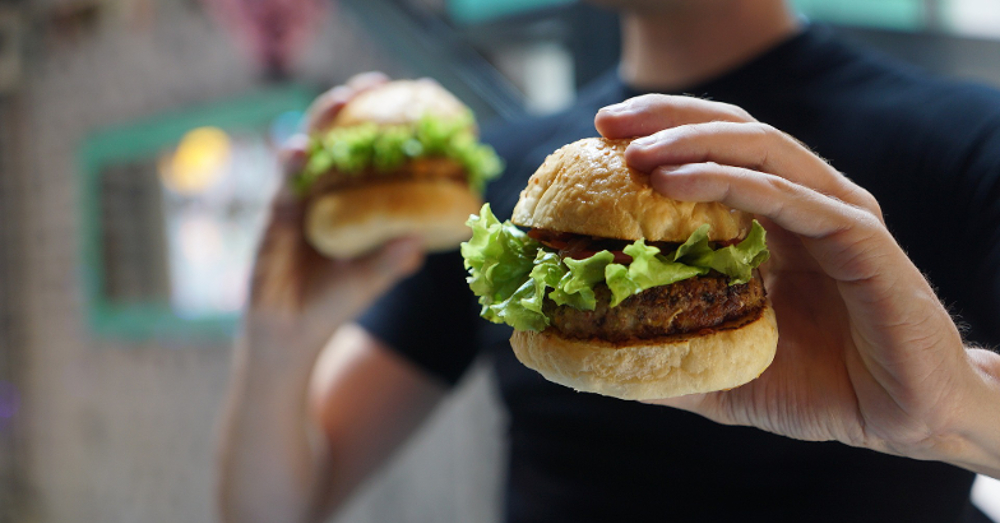
Impossible Foods Is ‘Misleading Consumers’ About Its GMO Protein, FDA Rejects the Claim That It Is Safe for Consumption
Impossible Foods is “misleading consumers” about the key ingredient in the Impossible Burger. The Company told the U.S. Food & Drug Administration (FDA) that its soy leghemoglobin was “substantially similar” to proteins consumed daily by the global population, in the form of meat and other vegetables. The FDA told Impossible Foods that its arguments “do not establish safety of SLH (soy leghemoglobin) for consumption.” The company decided to sell the Impossible Burger to the public anyway.
August 8, 2017 | Source: Living Maxwell | by Max Goldberg
One of the biggest stories in the food world over the past few years has been the Impossible Burger, the plant-based burger that bleeds when you bite into it.
The goal of the Impossible Burger is to help make a dent in climate change by offering a plant-based burger that does not come from an animal. Animals require a tremendous amount of water and feed, and also produce greenhouse gases. Because the burger is made from plants, the other thing that the Impossible Burger would do is to help alleviate the killing of animals.
Impossible Foods, which makes the Impossible Burger and has raised $257 million in venture capital funding from Khosla Ventures, Bill Gates and others, has captivated the food media landscape and vegans everywhere because it offered a burger-eating experience yet with no animals involved.
But as The New York Times reported today and as found in documents under a Freedom of Information Act (FOIA) request, information has been uncovered that raises very serious questions about the safety of the Impossible Burger.
HOW THE IMPOSSIBLE BURGER IS MADE
The key to the Impossible Burger is making the burger look and taste like a regular hamburger. Impossible Foods accomplishes this, at scale, through genetic engineering.
Impossible Foods begins with the gene for a protein called leghemoglobin, a heme protein that is naturally found in the root nodules of soy plants. It then takes a strain of genetically-engineered yeast and adds the soy leghemoglobin gene, and proceeds to grow the yeast via the fermentation process. The company isolates the leghemoglobin, or heme, from the yeast and adds that genetically-engineered protein to the Impossible Burger.
HOW IMPOSSIBLE FOODS IS “MISLEADING CONSUMERS”
First, the company says on its webste that “heme” in naturally-occurring soy roots is also referred to as soy leghemoglobin.
Impossible Foods then goes on to say that the heme that the company is using is produced through genetic modification, thereby making it a first-of-its-kind protein.
But then it goes on to say that:
The heme in the Impossible Burger is “identical” to the heme humans have been consuming for hundreds of thousands of years in meat and other foods.
“The way in which Impossible Foods is loosely and interchangeably using the word “heme” is misleading consumers. The average person with no scientific background would reasonably read the FAQ section of this website and think that the genetically-engineered heme in the Impossible Burger is ‘identical’ to the heme that humans have been consuming for hundreds of thousands of years in meat and other foods. This is categorically not true,” Michael Hansen, Ph.D. and Senior Scientist at Consumers Union, a division of Consumers Reports.
